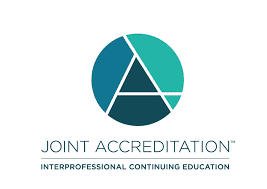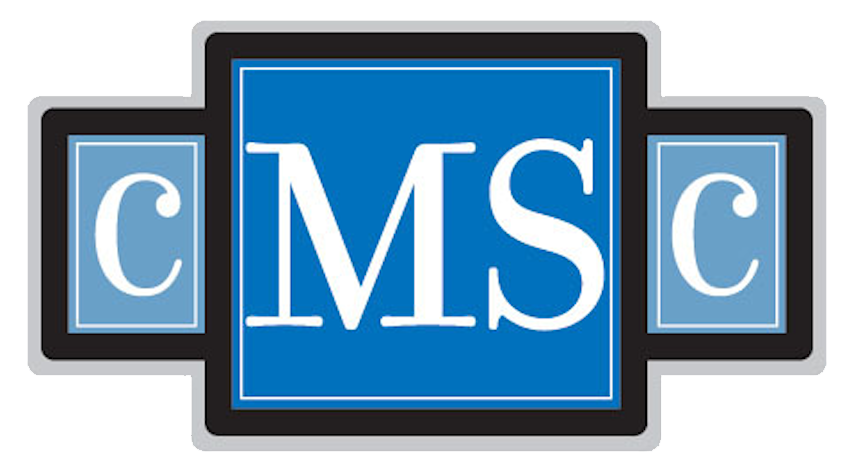
Course opens: June 20, 2023
Course expires: June 20, 2024
Overview
Though neuromyelitis optica spectrum disorder (NMOSD) has had a specific lab marker (AQP4 antibody) for many years, its relapsing nature and overlapping syndromes still cause it to be confused with multiple conditions such as multiple sclerosis (MS), leading to inappropriate and even harmful treatment. The emergence of similarly presenting MOG antibody disease (MOGAD) as its own entity has further complicated the picture. Thankfully, FDA-approved targeted therapies (eculizumab, inebilizumab, satralizumab) have recently become available to treat NMOSD. But such rapid advancement alongside continually evolving understanding of serotypes, biomarkers, and neuroimaging signs has created an environment prone to knowledge and performance deficiencies.
To mitigate these gaps and ensure clinicians have the information and tools to appropriately integrate recent advances into practice, this unique 1.5-hour symposium, originally presented at the Consortium of MS Centers (CMSC) annual meeting, is structured around actual questions submitted by neurologists who treat but do not specialize in NMOSD to capture the most prevalent real challenges faced in the clinic today. The faculty then utilize their own experiences and supporting literature to address these questions and expand upon contemporary strategies.
Target Audience
The target audience for this CME initiative includes neurodegenerative disease specialists, general neurologists, advanced practice neurology professionals, and other healthcare professionals involved in the diagnosis and long-term management of patients with NMOSD.
Learning Objectives
Upon completion of the educational activity, participants should be able to:
- Identify key clinical and radiological features that distinguish NMOSD alongside rising tools for prognosis in order to more rapidly diagnose and tailor clinical strategies to individuals with both AQP4-IgG seropositive and seronegative presentations of the disease
- Assess clinical investigator perspectives on the optimal management of acute attacks, including appropriate corticosteroid and plasma exchange protocols, and subsequent follow-up in order to maximize acute recovery and formulate effective management plans long term
- Describe the roles of most recent data evaluating, and clinical experience utilizing agents specifically designed to treat NMOSD to integrate them more effectively into practice and maximize patient outcomes
- Recognize evolutions in available evidence and guidance regarding the diagnosis and treatment of myelin oligodendrocyte glycoprotein antibody disease (MOGAD) to more effectively manage these patients
Faculty
Robert Shin, MD, FANA, FAAN
Director, Georgetown Multiple Sclerosis and Neuroimmunology Center
Professor, Department of Neurology
MedStar Georgetown University Hospital
Washington, DC
Brian G. Weinshenker, MD, FRCP
Professor, Department of Neurology
University of Virginia
Charlottesville, VA
Jennifer Graves, MD, PhD, MAS
Neurologist
Associate Professor of Neurosciences
UC San Diego Health
San Diego, CA
Accreditation
This activity is jointly provided by Medical Education Resources (MER) and Efficient LLC.
Accreditation Statement
 In support of improving patient care, this activity has been planned and implemented by Medical Education Resources (MER) and Efficient LLC. MER is jointly accredited by the Accreditation Council for Continuing Medical Education (ACCME), the Accreditation Council for Pharmacy Education (ACPE), and the American Nurses Credentialing Center (ANCC), to provide continuing education for the healthcare team.
In support of improving patient care, this activity has been planned and implemented by Medical Education Resources (MER) and Efficient LLC. MER is jointly accredited by the Accreditation Council for Continuing Medical Education (ACCME), the Accreditation Council for Pharmacy Education (ACPE), and the American Nurses Credentialing Center (ANCC), to provide continuing education for the healthcare team.
Designation Statement
PHYSICIAN CREDIT
Medical Education Resources designates this enduring material for a maximum of 1.5 AMA PRA Category 1 Credit™. Physicians should claim only the credit commensurate with the extent of their participation in the activity.
NURSING CREDIT
Medical Education Resources designates this enduring material for a maximum of 1.5 ANCC nursing contact hours. Nurses will be awarded contact hours upon successful completion of the activity.
Disclosure of Relevant Financial Relationships
Medical Education Resources ensures balance, independence, objectivity, and scientific rigor in all our educational activities. In accordance with this policy, MER identifies relevant financial relationships with its instructors, content managers, and other individuals who are in a position to control the content of an activity. Reported relevant financial relationships are mitigated by MER to ensure that all scientific research referred to, reported, or used in a CE activity conforms to the generally accepted standards of experimental design, data collection, and analysis. MER is committed to providing learners with high-quality CE activities that promote improvements or quality in health care and not the business interest of an ineligible company.
Planners’ and Managers’ Disclosure
Efficient LLC and Medical Education Resources’ planners and managers have no financial relationships to disclose.
Faculty Disclosure
Dr Shin reported the following financial relationships:
- Consulting Fees: Alexion, BMS, EMD Serono, Genentech, Horizon, Icometrix, Novartis
- Speakers’ Bureau: Alexion, BMS, EMD Serono, Genentech, Horizon, Novartis, Sanofi Genzyme
Dr Weinshenker reported the following financial relationships:
- Consulting Fees: CANbridge Pharma, Genentech, Horizon/VielaBio, Mitsubishi-Tanabe, UCB Biosciences, Roche Group
- Speaking Fees: Genentech, Mitsubishi-Tanabe, Roche Group
- Royalty: RSR Ltd.
Dr Graves reported the following financial relationships:
- Consulting Fees: Horizon, Genentech, Novartis
- Grants/Research Support: EMD Serono, Sanofi
Disclosure of Unlabeled Use/Disclaimer
This educational activity may contain discussion of published and/or investigational uses of agents that are not indicated by the FDA. The planners of this activity do not recommend the use of any agent outside of the labeled indications. The opinions expressed in the educational activity are those of the faculty and do not necessarily represent the views of the planners. Please refer to the official prescribing information for each product for discussion of approved indications, contraindications, and warnings.
Disclaimer
The content and views presented in this educational activity are those of the authors and do not necessarily reflect those of Medical Education Resources, Efficient LLC, and/or Genentech. The authors have disclosed if there is any discussion of published and/or investigational uses of agents that are not indicated by the FDA in their presentations. Before prescribing any medicine, primary references and full prescribing information should be consulted. Any procedures, medications, or other courses of diagnosis or treatment discussed or suggested in this activity should not be used by clinicians without evaluation of their patient’s conditions and possible contraindications on dangers in use, review of any applicable manufacturer’s product information, and comparison with recommendations of other authorities. The information presented in this activity is not meant to serve as a guideline for patient management.
Commercial Support
This continuing education activity is supported by educational grants from Genentech, a member of the Roche Group.
Method of Participation
There are no fees for participating in and receiving credit for this activity. During the period July 6, 2023 through July 5, 2024, participants must: 1) review the learning objectives and faculty disclosures; 2) watch the educational activity; 3) complete the posttest by recording the best answer to each question; and 4) complete the evaluation form.
Media
Internet
For accreditation questions, please email [email protected]

